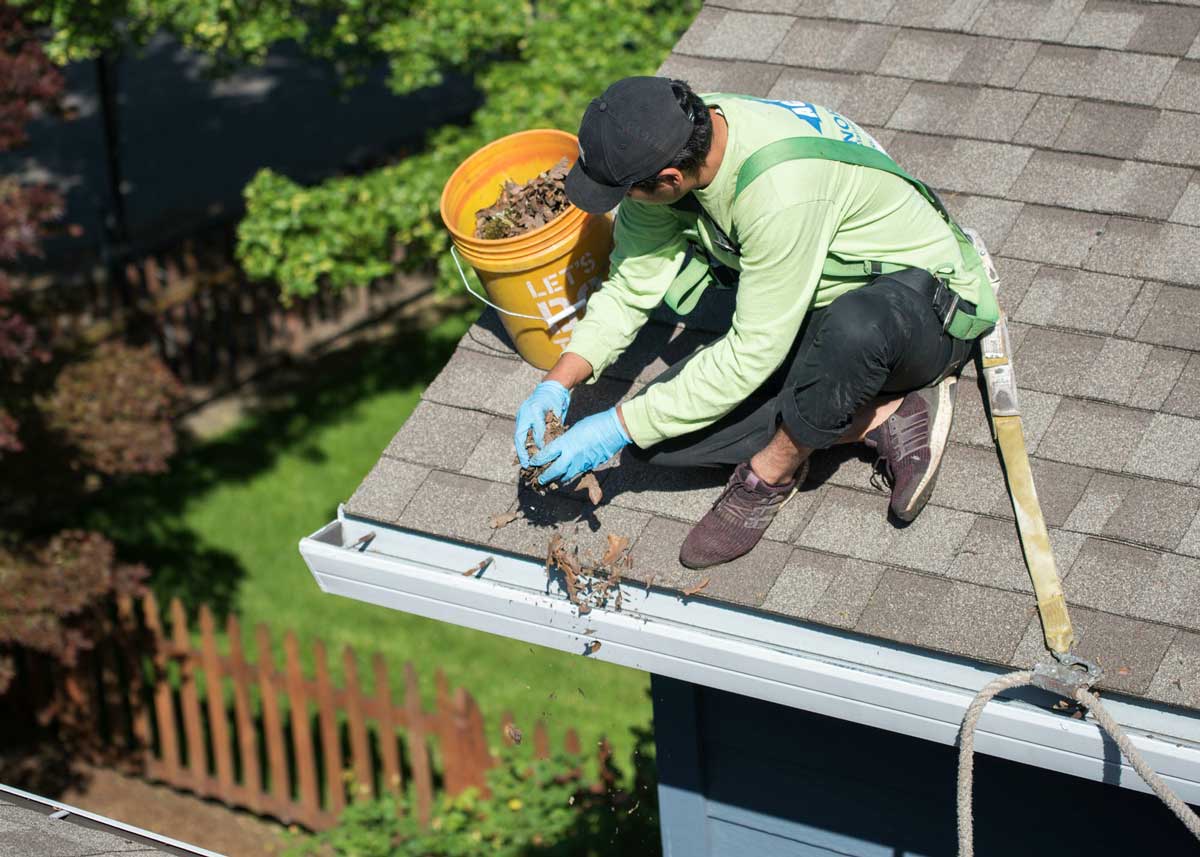

Articles
How To Keep Gutters From Clogging
Modified: October 28, 2024
Learn effective ways to prevent clogged gutters with informative articles. Keep your gutters clean and free-flowing with these helpful tips.
(Many of the links in this article redirect to a specific reviewed product. Your purchase of these products through affiliate links helps to generate commission for Storables.com, at no extra cost. Learn more)
Introduction
Gutters are a crucial part of any home’s drainage system. They play a vital role in diverting rainwater away from the foundation and preventing water damage to the house. However, one common issue that homeowners often face is gutter clogging. When gutters get clogged with leaves, debris, and other materials, it can lead to water overflow, roof leaks, and even damage to the structural integrity of the home.
In this article, we will explore the various causes of gutter clogging and discuss the importance of preventing gutter clogs. We will also provide you with some valuable tips on how to keep your gutters free from clogs, whether through regular maintenance or the installation of gutter guards, covers, and screens. By following these tips and taking proactive measures, you can ensure that your gutters remain clear and functional, protecting your home and preserving its value.
Key Takeaways:
- Regular gutter maintenance, including cleaning, inspecting, and flushing out debris, is crucial for preventing clogs and protecting your home from water damage, foundation issues, and costly repairs.
- Installing gutter guards, covers, or screens provides an extra layer of protection against debris accumulation, reducing the frequency of gutter cleaning and promoting the longevity of your gutter system.
Read more: How To Keep Toilet From Clogging
What Causes Gutters to Clog
Gutters can become clogged due to a variety of factors. Understanding these causes is essential in preventing clogs and keeping your gutters functioning optimally. Here are some common culprits:
- Leaves and debris: The most common cause of gutter clogs is the accumulation of leaves, twigs, and other debris. During the fall season, when trees shed their leaves, gutters can quickly fill up with these organic materials, obstructing the flow of water.
- Roof debris: Small particles and granules from asphalt shingles can wash off the roof and find their way into the gutters. Over time, this debris can accumulate and cause blockages.
- Bird nests and animal infestation: Birds and other small animals may choose to build their nests in your gutters. Not only can this cause clogs, but it can also lead to damage to the gutters themselves.
- Seedlings and plant growth: Seeds that are carried by the wind can land in your gutters and start to grow. As the plants grow larger, they can obstruct the flow of water and contribute to clogs.
- Debris from nearby trees: If you have trees growing close to your home, branches, pine needles, and other debris can easily fall into your gutters, causing clogs.
- Improper gutter slope: If your gutters are not properly sloped towards the downspouts, water might not flow smoothly and can stagnate, causing debris to accumulate and clog the gutters.
It is important to identify the specific causes of gutter clogs in your situation, as this will help you take the appropriate measures to prevent clogs from occurring in the first place. By addressing the underlying causes, you can ensure the long-term functionality of your gutters.
Importance of Preventing Gutter Clogs
Preventing gutter clogs is essential for maintaining the integrity of your home and avoiding costly repairs. Here are some key reasons why it is important to take measures to keep your gutters free from clogs:
- Preventing water damage: One of the primary purposes of gutters is to channel water away from your home’s foundation. When gutters become clogged, water can overflow and seep into the foundation, leading to moisture-related problems, such as cracks, mold growth, and even structural damage.
- Preserving the roof: Clogged gutters can cause water to back up onto the roof, leading to roof leaks, rot, and damage to shingles. Over time, this can weaken the roof structure and compromise its longevity.
- Avoiding basement flooding: When water overflows from clogged gutters, it can collect around the foundation and seep into the basement. This can result in flooding, water damage to belongings, and the growth of mold and mildew.
- Preventing landscape erosion: If water is not properly diverted away from your home, it can erode the soil in your yard and damage your landscaping. This can lead to costly repairs and the loss of valuable plants and trees.
- Maintaining gutter functionality: Regularly cleaning and preventing clogs will ensure that your gutters can effectively capture and divert water. This helps to prevent overflow issues and prolongs the lifespan of the gutter system.
- Promoting a healthier living environment: Clogged gutters can provide an ideal breeding ground for insects, rodents, and mosquitoes. By keeping your gutters clean, you reduce the risk of infestations and create a healthier environment for you and your family.
By understanding the importance of preventing gutter clogs, you can prioritize gutter maintenance and take the necessary steps to keep your gutters clear and functional. This will not only protect your home but also save you from the inconvenience, expense, and stress of dealing with water damage and repairs.
Regular Gutter Maintenance
Regular gutter maintenance is key to preventing clogs and ensuring the proper functioning of your gutters. By following these simple steps, you can keep your gutters clean and clear of debris:
- Inspect gutters regularly: Schedule regular inspections of your gutters to check for any signs of damage, debris buildup, or sagging. Look for cracks, rust, loose screws, and any other issues that may affect the functionality of your gutters.
- Clean out debris: Remove leaves, twigs, and other debris from your gutters regularly. You can do this by using a gutter scoop or gloved hands. Be sure to dispose of the debris in a garbage bag or compost pile.
- Flush gutters with water: After removing the larger debris, use a garden hose to flush out any remaining dirt, small particles, or residue. This will help ensure that your gutters are clear and free-flowing.
- Check downspouts and drains: Inspect the downspouts and drains to ensure that they are not clogged or obstructed. Use a plumber’s snake or a high-pressure hose attachment to clear any blockages.
- Trim nearby trees: Trim the branches and foliage of trees that hang over or near your gutters. This will help minimize the amount of debris that falls into your gutters, reducing the risk of clogs.
- Repair any damage: If you notice any cracks, leaks, or loose components in your gutters, repair them promptly to prevent further damage. Use silicone caulk or gutter sealant to seal small cracks or gaps.
- Consider gutter slope: Make sure your gutters are properly sloped towards the downspouts to ensure efficient water flow. Adjust the slope if needed to prevent water stagnation and debris accumulation.
Regular maintenance should be performed at least twice a year, ideally in the spring and fall, to keep your gutters functioning optimally throughout the year. However, if your property has an abundance of trees or experiences heavy rainfall, more frequent gutter maintenance may be required.
Remember, prevention is key when it comes to avoiding gutter clogs. By dedicating time to regular maintenance, you can mitigate the risk of clogged gutters and the potential damage they can cause to your home.
Installing Gutter Guards
Gutter guards are an effective solution for preventing gutter clogs by acting as a barrier that keeps debris out while allowing water to flow freely. Here’s what you need to know about installing gutter guards:
- Choose the right type: There are various types of gutter guards available, including mesh screens, foam inserts, bottle brush guards, and surface tension guards. Research and select a gutter guard system that suits your specific needs, taking into consideration factors such as the types of debris common in your area and the ease of installation.
- Clean gutters before installation: Before installing gutter guards, it’s important to clean your gutters thoroughly to remove any existing debris. This ensures that the guards can be installed on a clean surface and maximizes their effectiveness.
- Measure and cut the gutter guards: Measure the length of your gutters and cut the gutter guards to fit. Ensure a precise fit by double-checking your measurements before making any cuts. You may need to use tin snips or a hacksaw to trim the guards to the correct size.
- Secure the gutter guards: Once you have cut the guards to the appropriate length, secure them in place. This can be done by using screws, clips, or brackets provided by the gutter guard manufacturer. Follow the instructions provided carefully to ensure a secure and sturdy installation.
- Test the water flow: After installing the gutter guards, test the water flow to ensure that they are allowing water to pass through freely. Use a hose to simulate rainfall and observe how the water flows through the gutters. Make any necessary adjustments or modifications if you notice any issues with water flow.
- Maintain the gutter guards: While gutter guards significantly reduce the amount of debris that enters your gutters, some maintenance is still required. Regularly inspect the guards for leaves, pine needles, and other debris that can accumulate on the surface. Remove any debris as needed to maintain optimal performance.
Installing gutter guards can be a worthwhile investment, as they reduce the frequency of gutter cleaning and minimize the risk of clogs. However, it’s important to note that no gutter guard system is completely maintenance-free. Regular inspections and occasional cleaning are necessary to ensure the guards continue to function effectively.
If you’re unsure about installing gutter guards yourself, consider hiring a professional installer who can provide expert advice and ensure a proper installation. With gutter guards in place, you can enjoy the benefits of reduced gutter maintenance and a more efficient gutter system.
Regularly clean your gutters and downspouts to remove leaves, debris, and other obstructions. Consider installing gutter guards to help prevent clogs.
Read more: How To Clear Clogged Gutters
Using Gutter Covers and Screens
Gutter covers and screens are another effective option for preventing gutter clogs. They work by creating a barrier over the gutters, allowing water to flow through while keeping debris out. Here’s what you need to know about using gutter covers and screens:
- Choose the right type: There are different types of gutter covers and screens available, such as solid covers, perforated covers, and mesh screens. Each type has its advantages and suitability for different conditions. Consider factors like the amount and types of debris in your area, ease of installation, and aesthetics when selecting the right option for your gutters.
- Clean gutters before installation: Before installing gutter covers or screens, ensure that your gutters are clean and free from any existing debris. This allows for a proper fit and maximizes the effectiveness of the covers or screens.
- Measure and cut the covers/screens: Measure the length of your gutters and cut the gutter covers or screens to match. Use a pair of sharp scissors or a utility knife to make clean and precise cuts. Double-check your measurements before cutting to avoid any mistakes.
- Secure the covers/screens: Once you have cut the covers or screens to the correct size, secure them in place over the gutters. Some gutter covers may require screws or fasteners to attach them to the gutter while others may snap into place. Follow the manufacturer’s instructions for proper installation.
- Maintain the covers/screens: While gutter covers and screens offer significant protection against debris, they may still require occasional maintenance. Regularly inspect the covers or screens for leaves, sticks, and other debris that can accumulate on the surface. Remove any debris as needed to ensure proper water flow.
- Trim nearby trees: To minimize the amount of debris that lands on your gutter covers or screens, trim any nearby trees or overhanging branches. This reduces the risk of leaves, twigs, and seeds falling onto your gutters and clogging the covers/screens.
Using gutter covers and screens provides an added layer of protection against gutter clogs. They are generally easy to install and significantly reduce the frequency of gutter cleaning. However, it’s important to note that regular inspections and occasional maintenance are still required to ensure optimal performance.
If you are unsure about the right type of gutter cover or screen for your home or prefer professional installation, consult a gutter specialist who can guide you through the selection process and ensure proper installation. With gutter covers or screens in place, you can enjoy the benefits of reduced gutter maintenance and extended gutter lifespan.
DIY Gutter Cleaning Tips
Cleaning your gutters regularly is essential to prevent clogs and maintain their functionality. While hiring professionals for gutter cleaning is an option, many homeowners prefer to tackle the task themselves. Here are some DIY gutter cleaning tips to help you get started:
- Use appropriate safety measures: Before you begin cleaning your gutters, make sure to take necessary safety precautions. Wear gloves and safety goggles to protect your hands and eyes from debris. Use a sturdy ladder that is securely positioned on a flat surface and have someone hold it steady while you work.
- Clear large debris by hand: Start by removing larger debris, such as leaves, twigs, and branches, by hand. Use a gutter scoop or gloved hands to scoop out the debris and place it in a bucket or garbage bag.
- Rinse gutters with water: After clearing out the larger debris, use a garden hose with a high-pressure nozzle to rinse the gutters. Start from one end and work your way to the other, allowing the water to flush out any remaining dirt or smaller particles.
- Check downspouts and drains: Ensure that the downspouts and drains are clear and free-flowing. Use a plumber’s snake or a high-pressure hose attachment to remove any obstructions. This step is crucial to prevent water backup and potential damage.
- Inspect the gutter system: While cleaning, take the opportunity to inspect the gutter system for any signs of damage or wear. Look for leaks, loose screws, sagging sections, or rust. Address any issues promptly to prevent further damage.
- Consider gutter guards or screens: If you find yourself frequently cleaning your gutters, consider installing gutter guards or screens to reduce the amount of debris that enters the gutters. This can help to minimize the need for frequent cleanings and prevent clogs.
- Maintain a regular cleaning schedule: Set a schedule for regular gutter cleaning to ensure they are kept free from debris. Depending on the surrounding environment and the number of trees near your home, gutter cleaning may be required on a quarterly or semi-annual basis.
Remember, regular DIY gutter cleaning is crucial for preventing clogs and maintaining the proper function of your gutters. However, if you are uncomfortable or unable to perform this task safely, it is recommended to seek professional gutter cleaning services.
By following these DIY gutter cleaning tips, you can keep your gutters clear and protect your home from potential water damage caused by clogs and overflowing gutters.
Hiring Professional Gutter Cleaning Services
While DIY gutter cleaning can be a cost-effective option, there are several benefits to hiring professional gutter cleaning services. Here’s why you might consider leaving this task to the experts:
- Safety: Gutter cleaning can be dangerous, especially if you have a multi-story home or are uncomfortable working on a ladder. Professional gutter cleaners have the necessary experience, equipment, and safety gear to perform the job safely.
- Efficiency: Professional gutter cleaners are trained to work efficiently and can complete the job quickly. They have the necessary tools and techniques to remove debris, clear clogs, and ensure proper water flow without causing any damage to your gutters.
- Thorough cleaning: Professionals have the expertise to spot potential issues that may go unnoticed during DIY gutter cleaning. They can identify and address problems such as loose gutter joints, damaged sections, or improper slope, helping to maintain the optimal function of your gutter system.
- Preventative maintenance: Gutter cleaning professionals can provide valuable insights into the overall condition of your gutters. They can identify signs of wear and tear, gutter damage, or potential drainage issues, allowing for early intervention and preventive maintenance.
- Access to specialized equipment: Professional gutter cleaners have access to specialized equipment and tools that may not be readily available to homeowners. This enables them to thoroughly clean your gutters, including hard-to-reach areas and downspouts.
- Time-saving convenience: Hiring professionals saves you time and effort, allowing you to focus on other priorities. They will schedule the cleaning at a time that works for you and efficiently complete the task, leaving you with clean and well-maintained gutters.
- Gutter system expertise: Professional gutter cleaners have extensive knowledge and experience working with gutter systems of various types and designs. They can provide valuable advice on gutter maintenance, downspout placement, and gutter guard options to improve the overall efficiency and longevity of your gutters.
When choosing a professional gutter cleaning service, make sure to research and select a reputable company with positive reviews and experienced technicians. Request a detailed quote that includes the scope of work, pricing, and any additional services offered.
While professional gutter cleaning services may come at an additional cost, the benefits they provide in terms of safety, efficiency, and overall gutter system maintenance can be well worth the investment. Consider hiring professionals for your gutter cleaning needs to ensure the optimal performance and longevity of your gutters.
Conclusion
Keeping your gutters free from clogs is essential for the overall maintenance and protection of your home. By understanding the causes of gutter clogs and the importance of prevention, you can take proactive measures to keep your gutters clear and functioning optimally.
Regular gutter maintenance, such as inspecting, cleaning, and flushing out debris, is a crucial step in preventing clogs. DIY gutter cleaning can be a cost-effective option, but it requires proper safety precautions and regular scheduling to ensure effective maintenance.
For those who prefer to leave the task to professionals, hiring a gutter cleaning service offers several benefits. Professionals have the expertise, safety gear, and equipment necessary to perform thorough gutter cleaning, identify potential issues, and ensure proper water flow without causing damage.
Additionally, installing gutter guards, covers, or screens can provide an extra layer of protection against debris accumulation. These systems reduce the frequency of gutter cleaning and minimize the risk of clogs, promoting the longevity of your gutter system.
Remember, prevention is key when it comes to gutter clogs. By implementing regular maintenance routines, utilizing gutter guards or screens, and seeking professional help when needed, you can protect your home from water damage, foundation issues, and costly repairs.
Take care of your gutters, and they will take care of your home for years to come.
Frequently Asked Questions about How To Keep Gutters From Clogging
Was this page helpful?
At Storables.com, we guarantee accurate and reliable information. Our content, validated by Expert Board Contributors, is crafted following stringent Editorial Policies. We're committed to providing you with well-researched, expert-backed insights for all your informational needs.
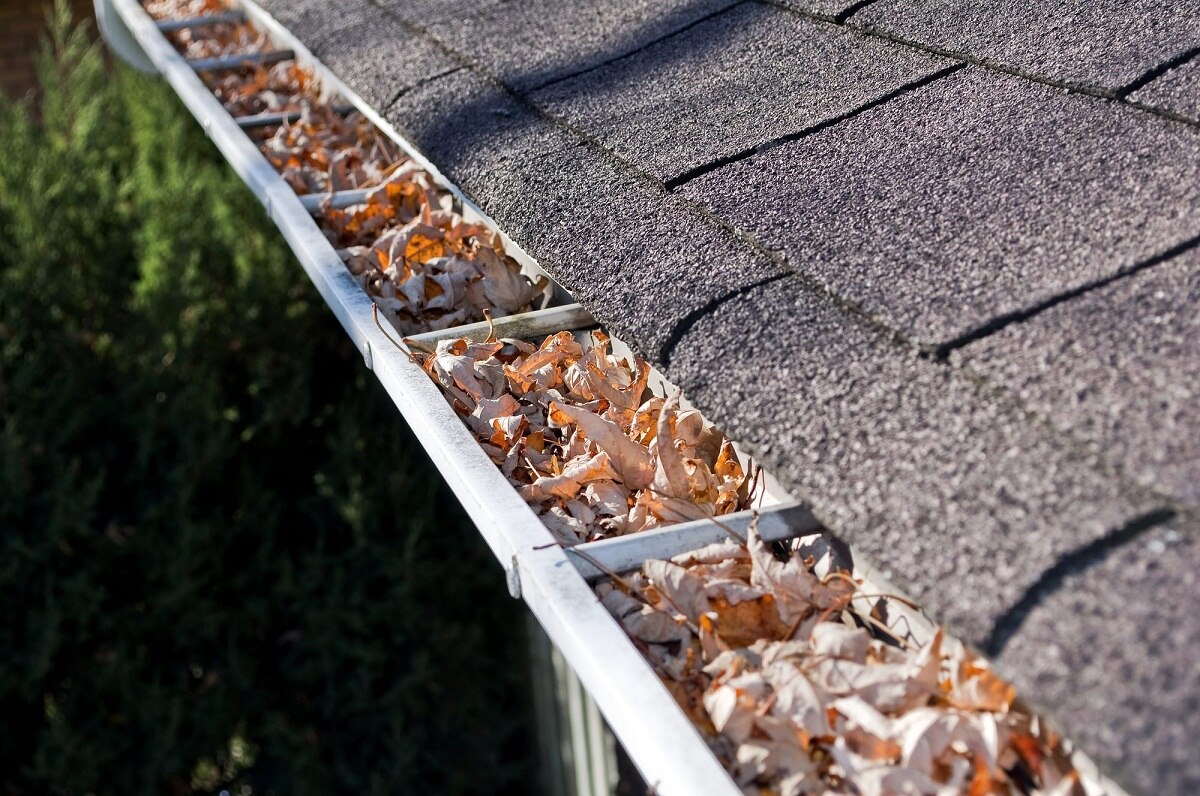
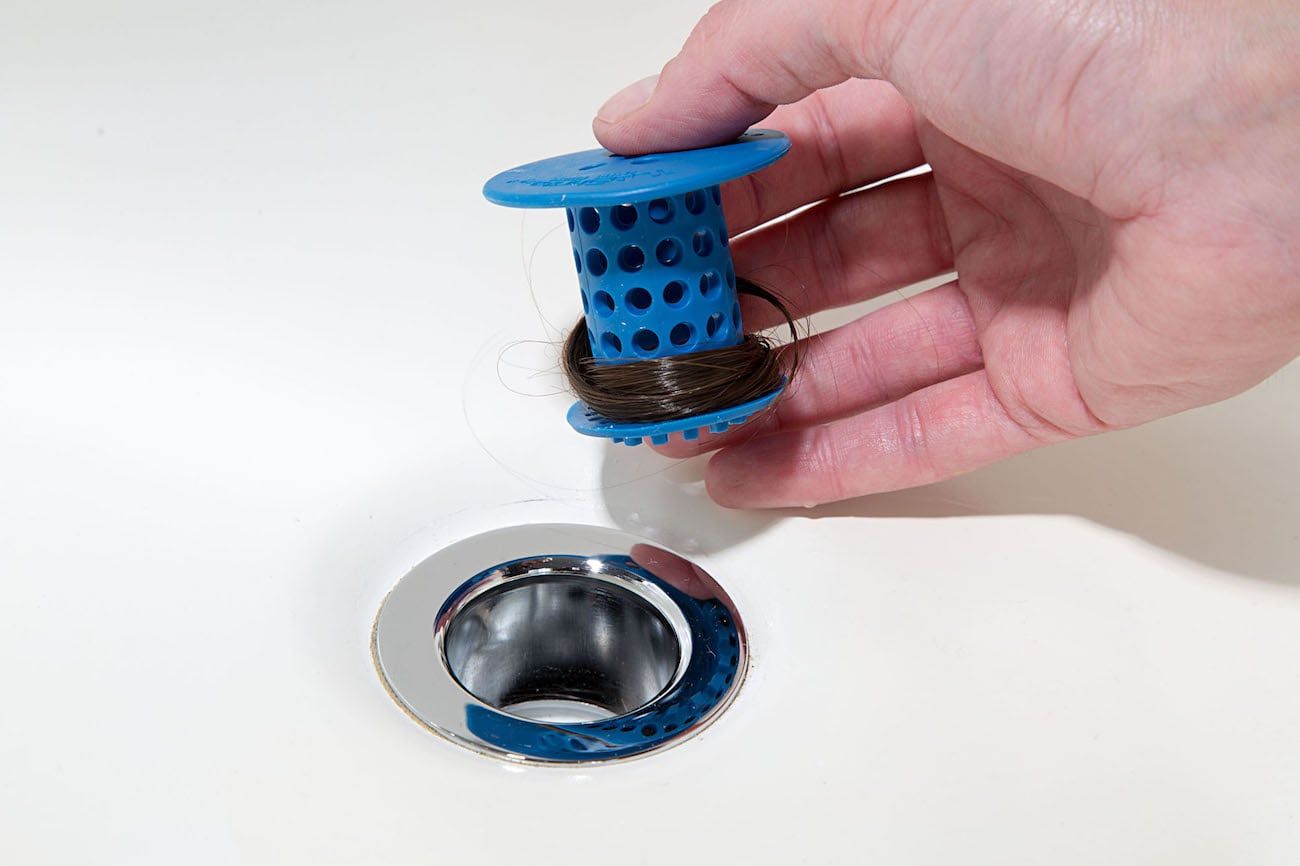
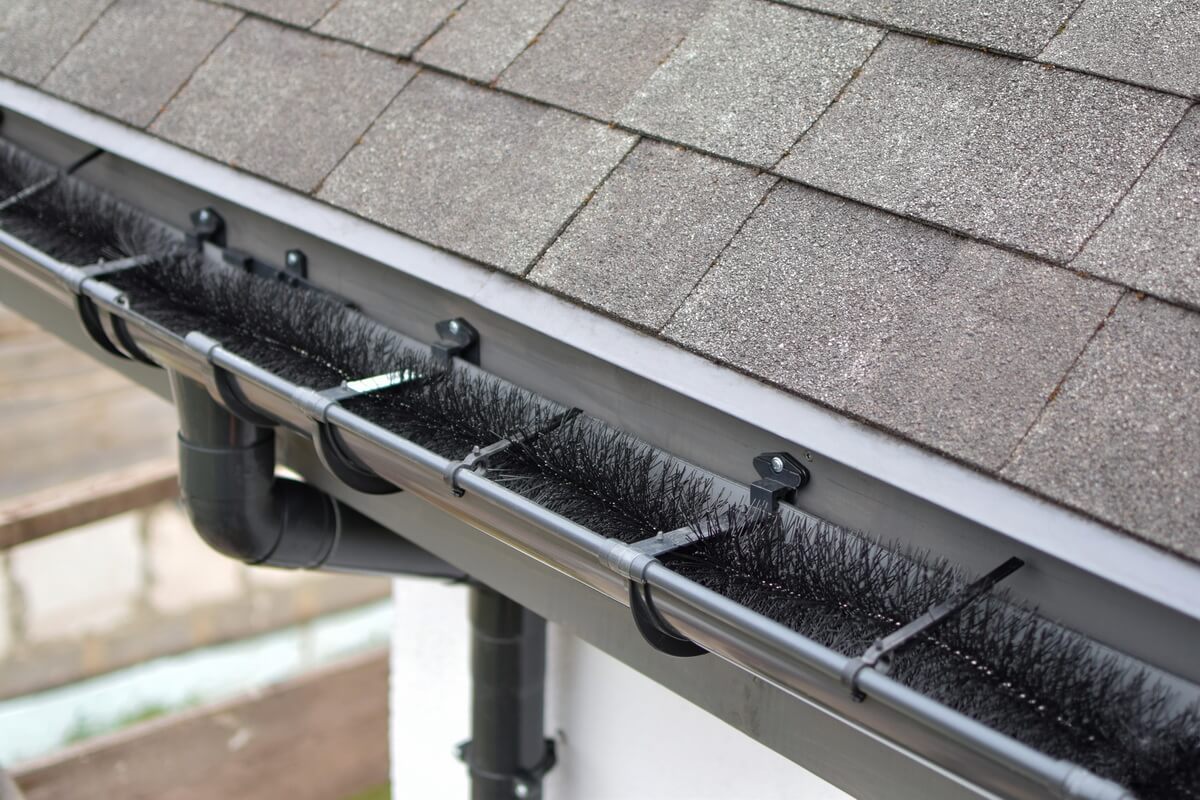

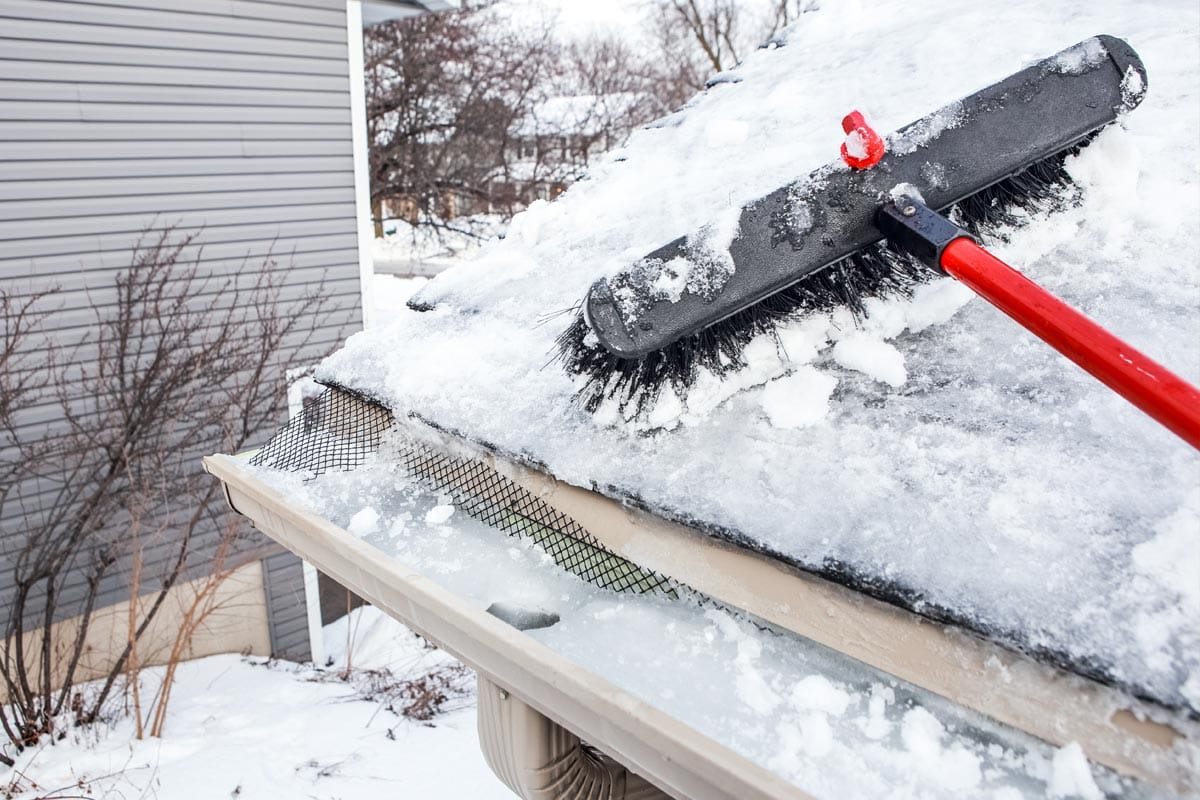
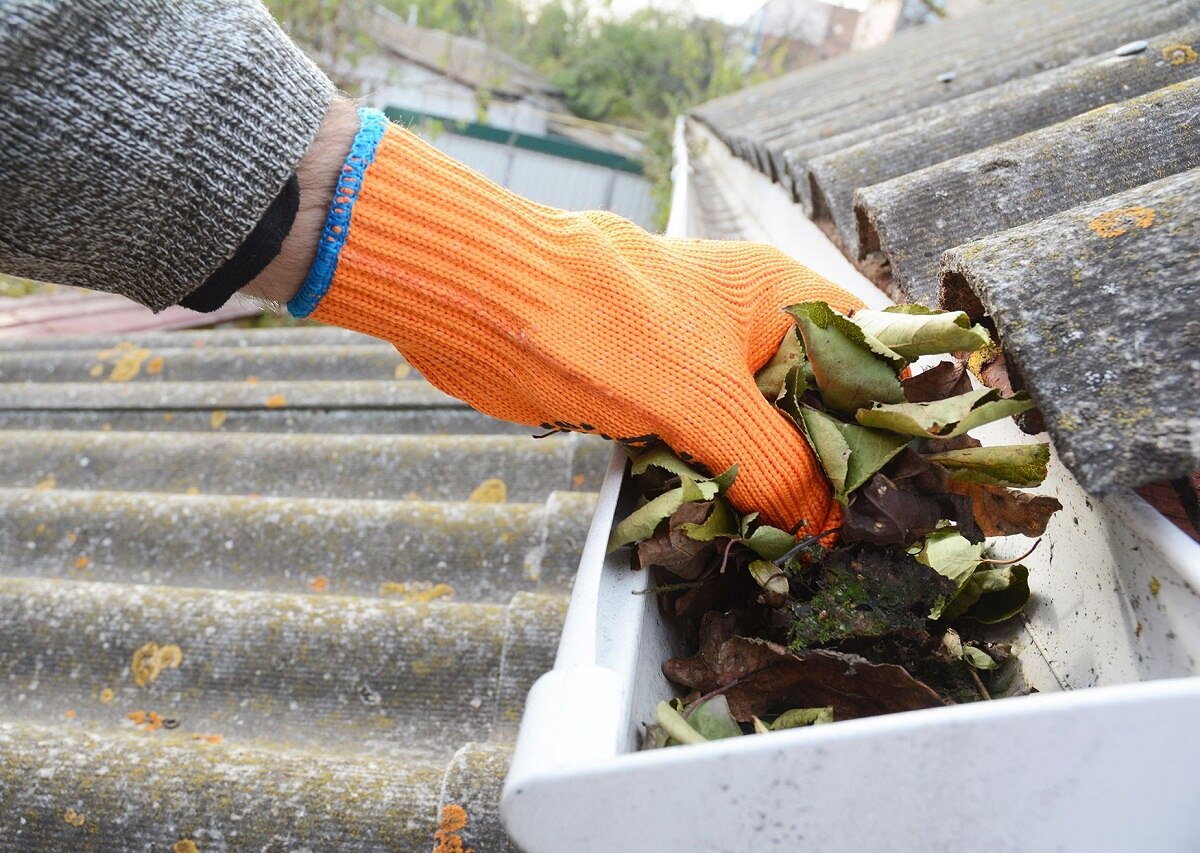
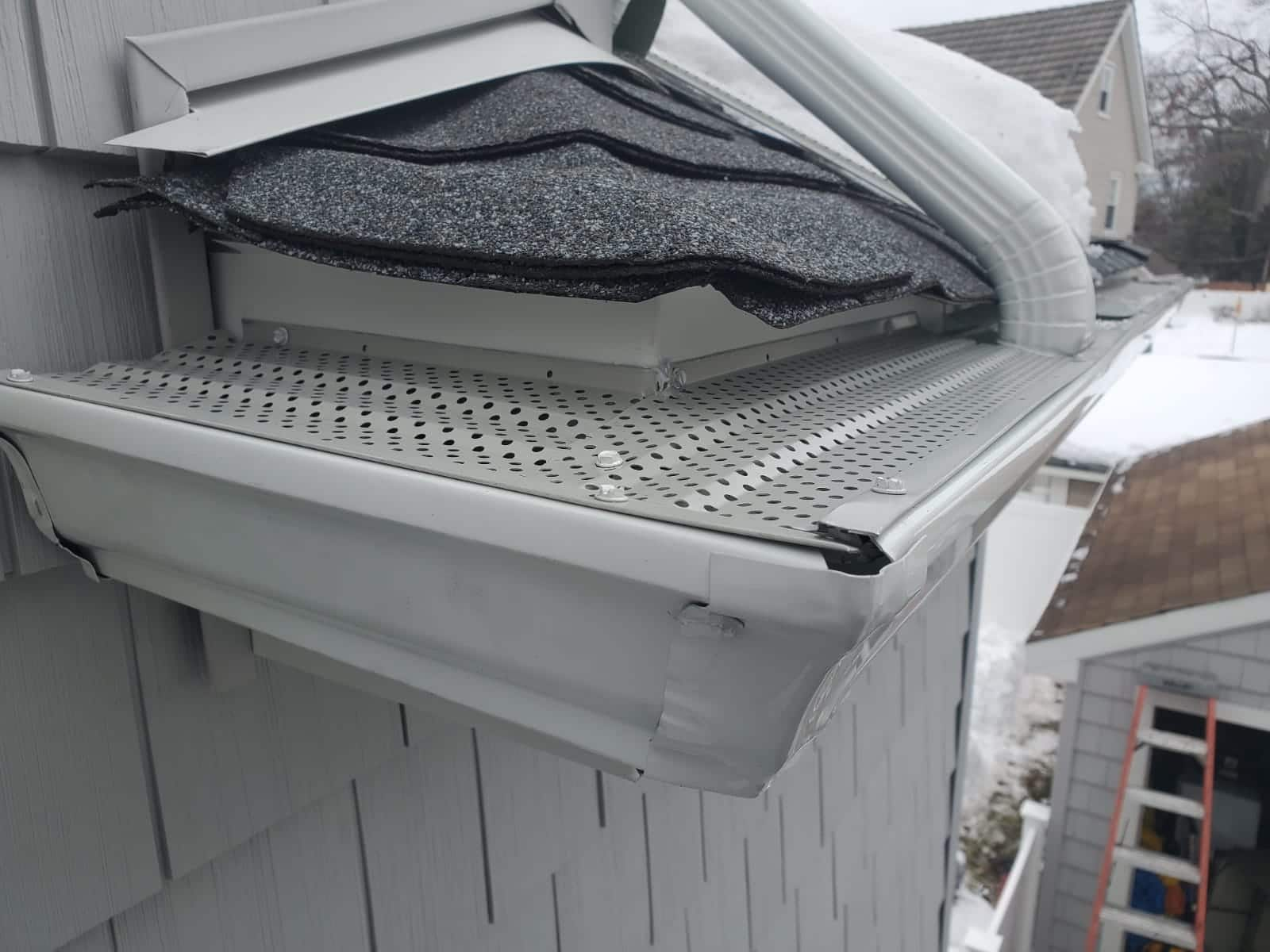
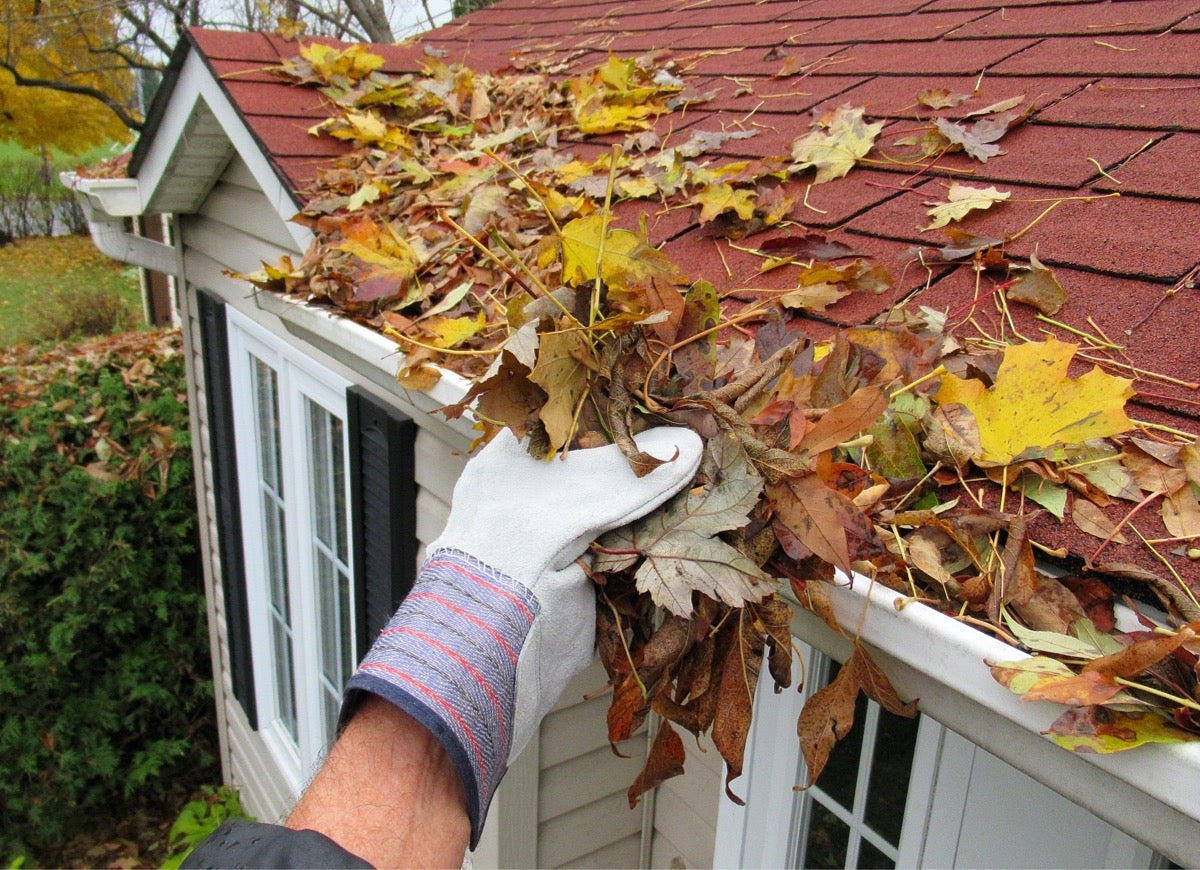
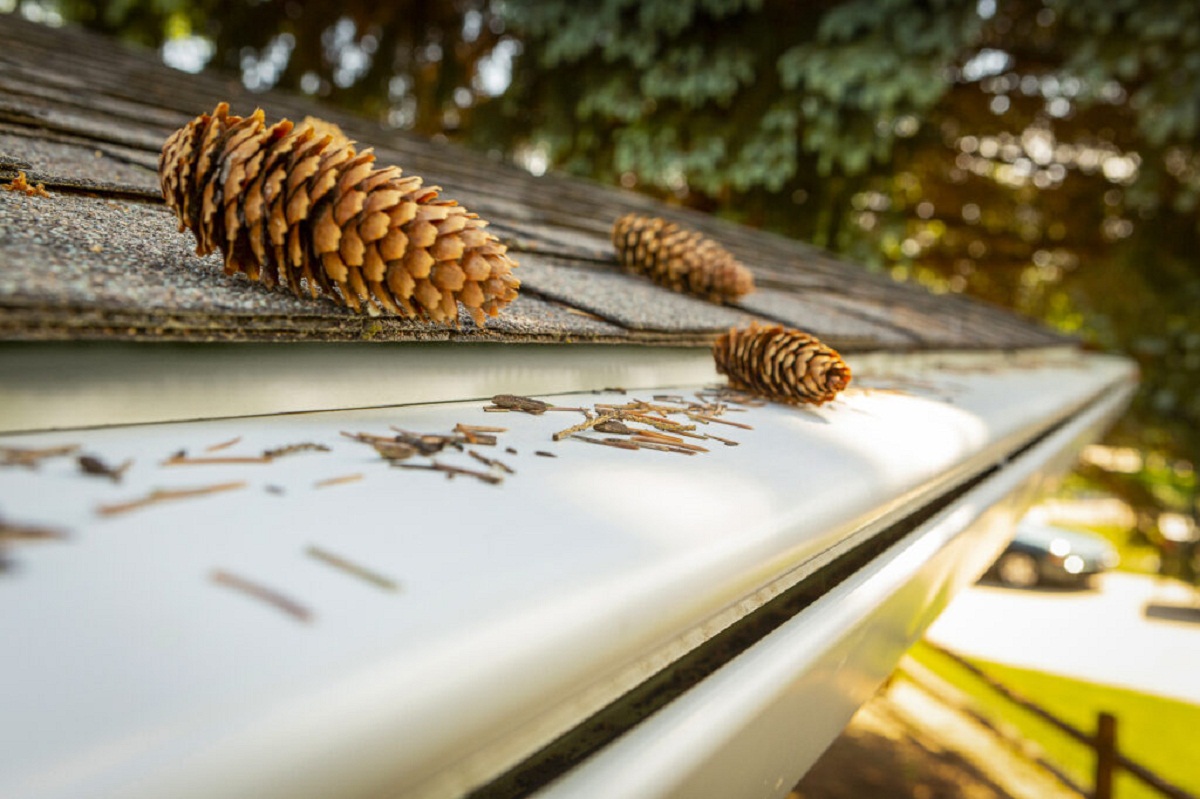
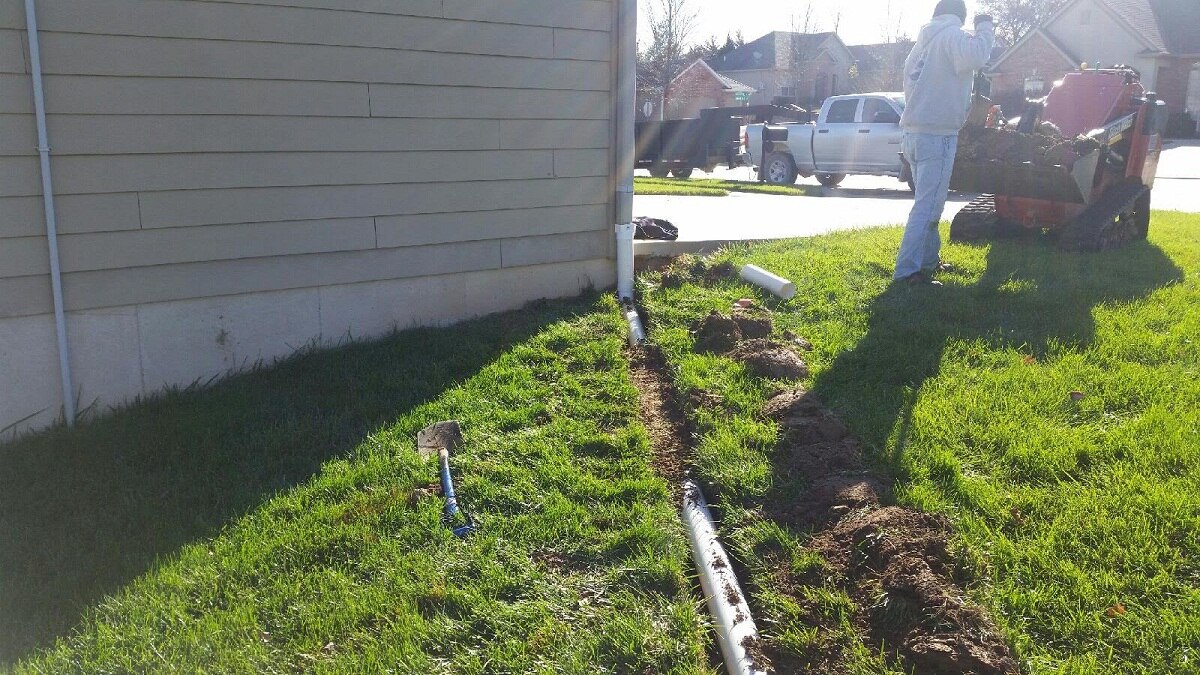
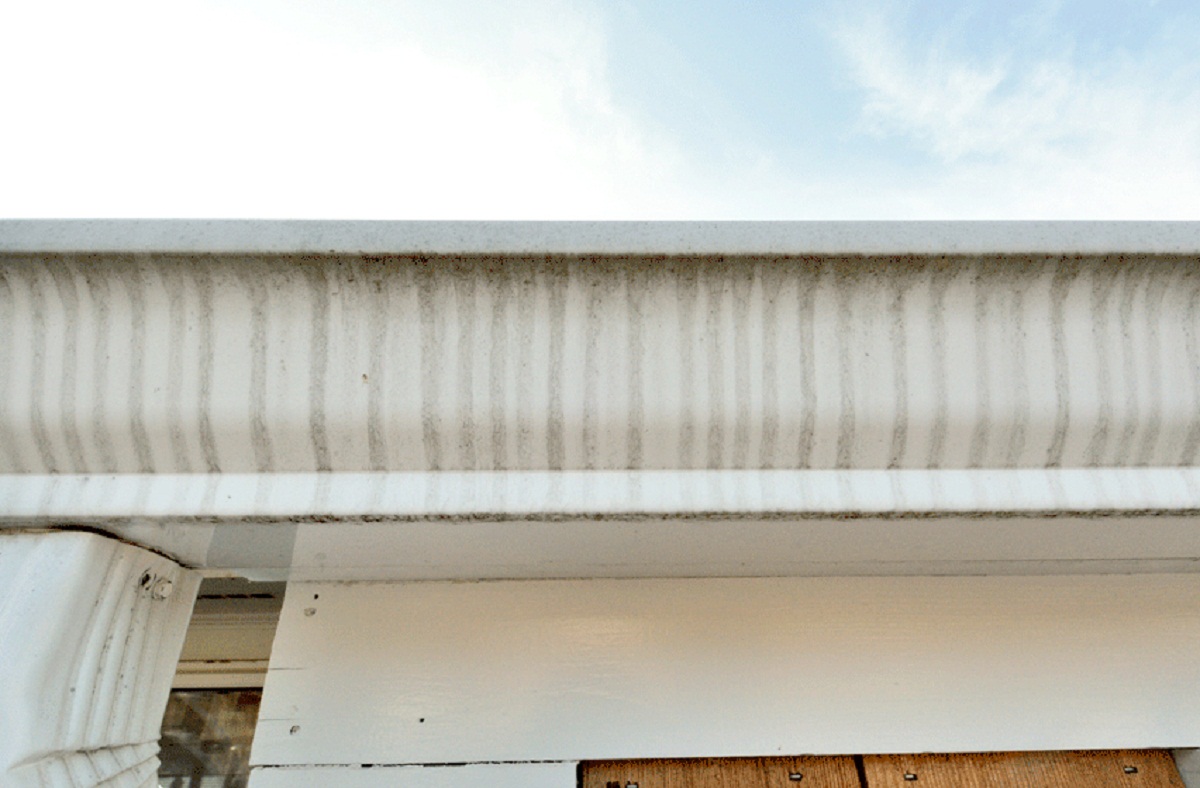
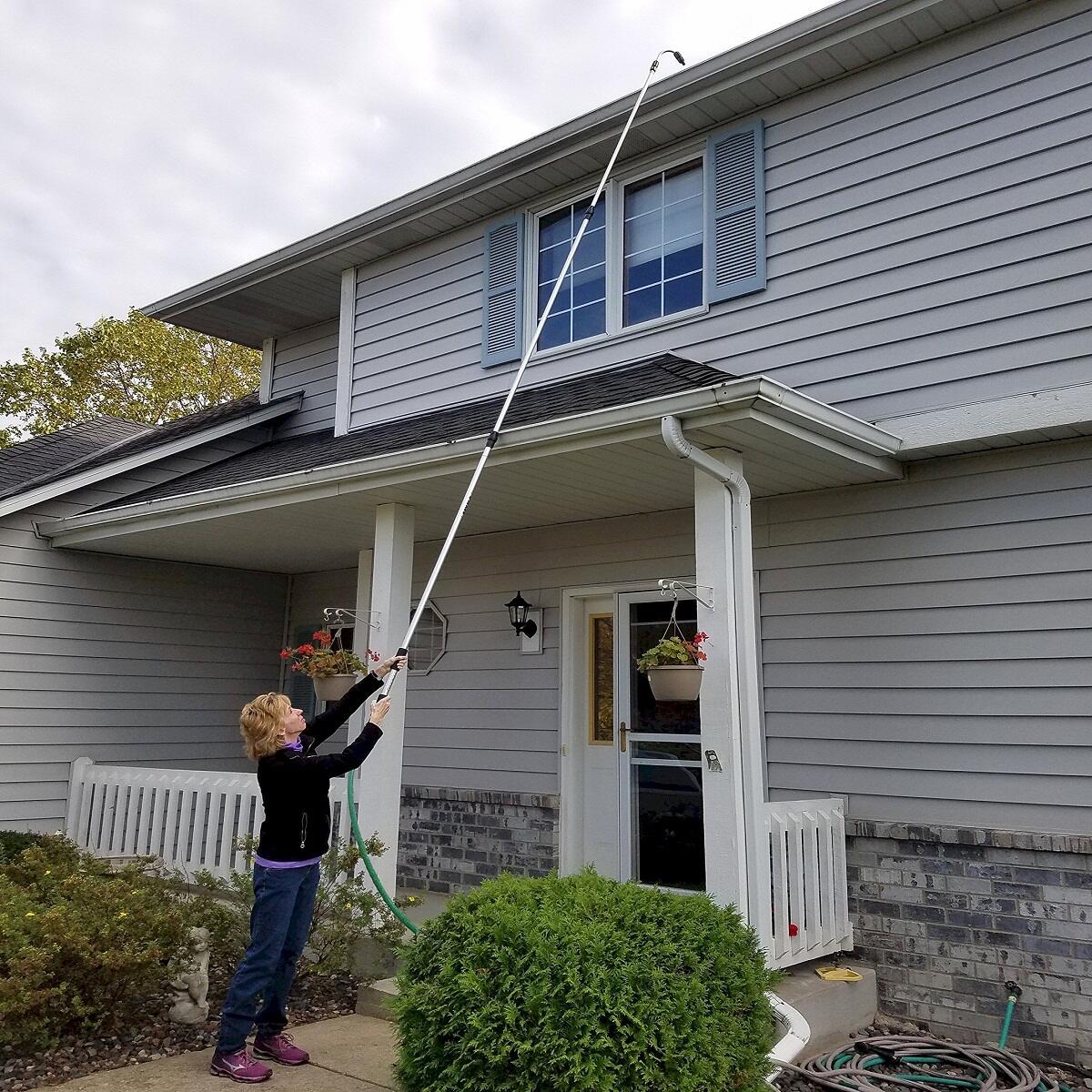
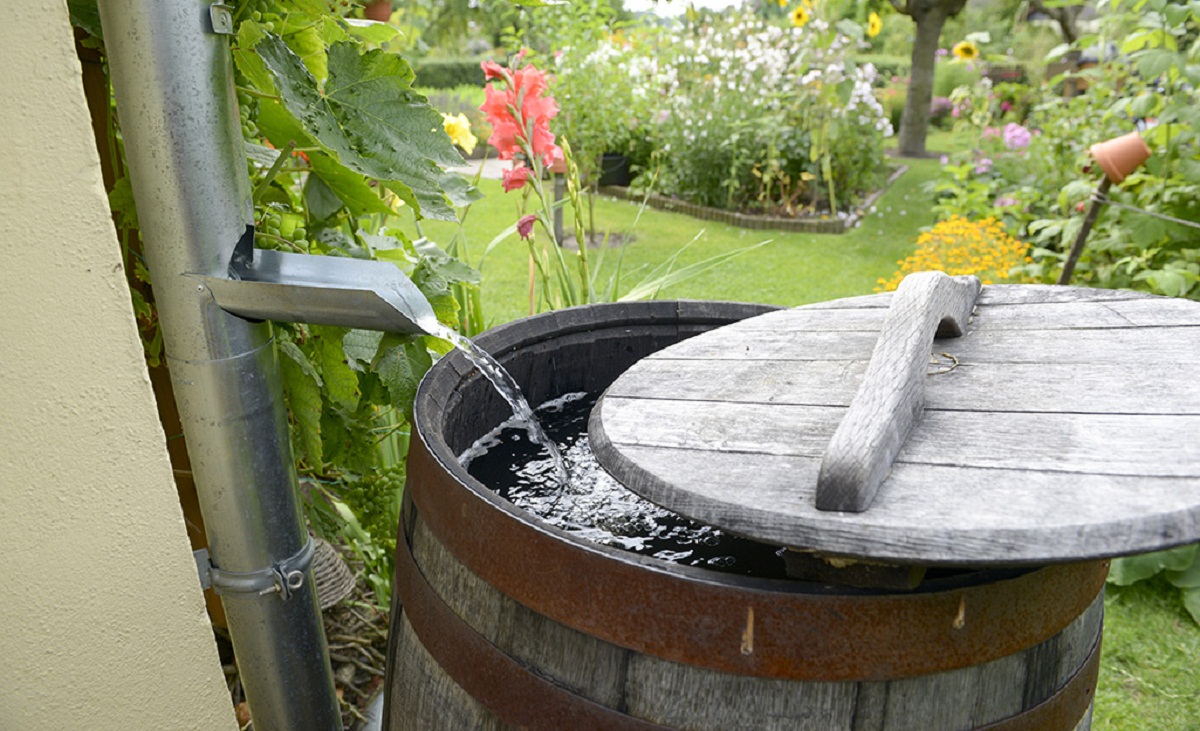
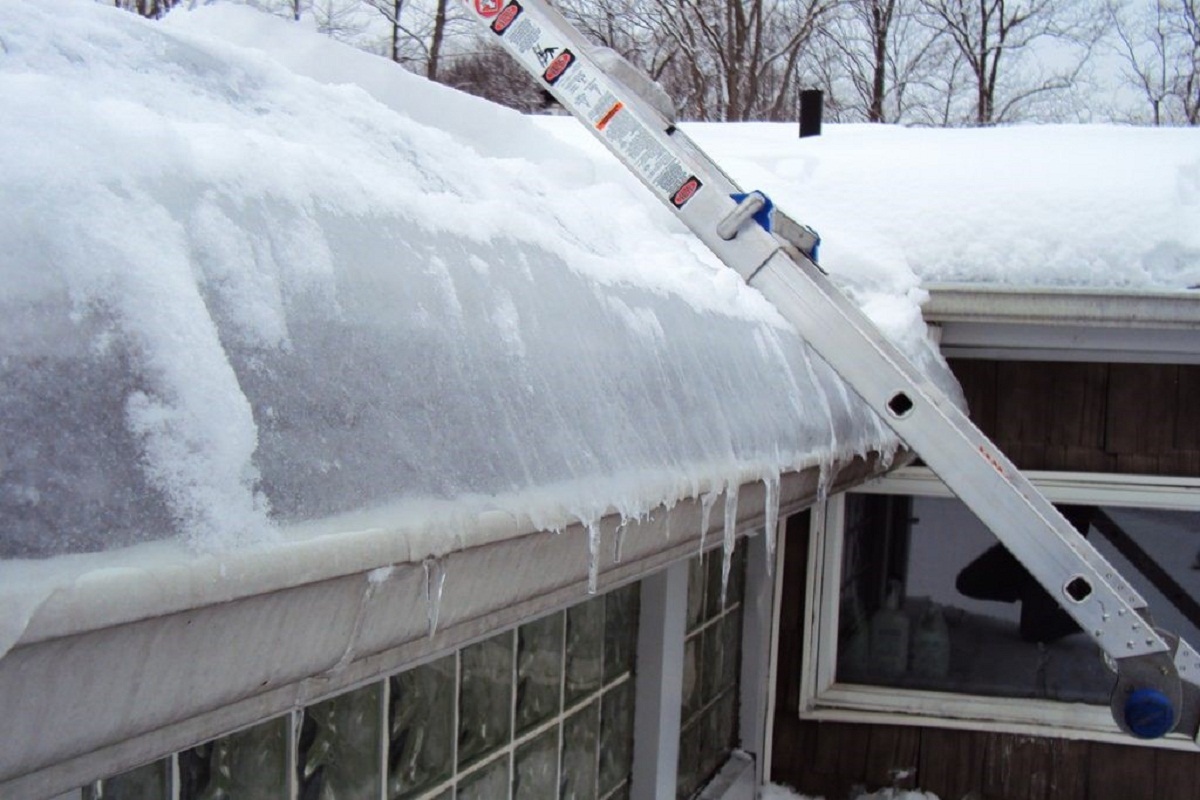

0 thoughts on “How To Keep Gutters From Clogging”